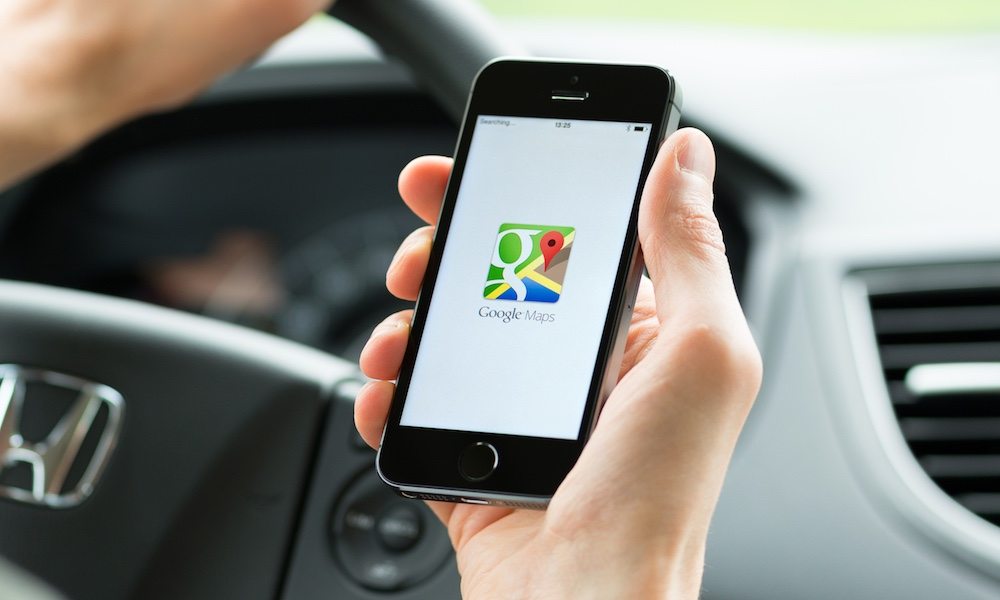Google Maps and Waze Have Created an Enemy

Image via Bloomicon / Shutterstock
Toggle Dark Mode
GPS navigation apps such as Waze and Google Maps have become increasingly popular in recent years, as drivers looking to shave time off of their daily commutes are flocking to them by the millions. Waze, which is owned and operated by Google, was specifically created to help its users find the most ideal route to reach their ultimate destination, regardless of whether they get there via a busy freeway, residential neighborhood streets, or even a scenic cruise down a long and winding country road.
Apps like Waze, Google Maps, and even Apple Maps have one goal in common: to find for their users the quickest, most cost- and time-conscious way to get to their final destination, regardless of what detours may be encountered along the way, by using a myriad of sophisticated algorithms to make it all happen like a dream come true.
But this paradox of wanting to minimize time regardless of what may ensue has in turn created a headache for city planners across the country, as they’ve tried to combat these services from rerouting users through otherwise quiet neighborhoods.
An article that was recently published by USA Today seeks to clarify exactly why these apps, such as Waze, have caused such friction among city planners from coast to coast. Of course, while crosswalks and traffic lights are meant to ensure that the traffic running through them is both safe, slow, and pedestrian-friendly, the report notes that apps like Waze and Google Maps are extremely tech-savvy apps that rely on advanced, algorithm-based computer systems, which are inherently oblivious to the depth of work and planning that’s gone into ensuring that cities remain a safe place for all — whether on foot or behind the wheel of a car — to live as peacefully as possible.
This conundrum has resulted in mounting frustration among city planners, who’ve been working overtime to try and push back against these tech-savvy GPS-based systems.
Take the situation in Fremont, California, for example, which is just one of many large cities across the country that’s currently grappling with this issue. Located just off the heavily congested 880 and 680 freeways, just a bit north of San Jose, Fremont is home to almost a quarter-million residents, and is situated right in the middle of major San Jose-area employers like eBay, Intel, and Cisco Systems. Yet with these busy freeways always so highly congested, apps like Waze and Google Maps have increasingly been telling their users to simply hop off of them, and instead travel through a series of residential streets, where children are often playing, for example — only to get back on at another exit just a few miles away where traffic might not be as bad.
“The commuters didn’t live or work in Fremont and didn’t care about our residential neighborhoods,” says Noe Veloso, Transportation Engineer, adding that when he personally contacted Google, he was told that apps like Waze “attempt to prevent congestion by distributing traffic on all public streets, even to quiet residential roadways.”
In response, Fremont has since instituted a number of “turn hour restrictions,” implemented around some of the city’s most frequented ‘shortcuts’, in what appears to be a clear attempt to reduce congestion in these neighborhoods during the busiest hours of the day.
Waze has also partnered with Fremont’s Connected Citizens Program, which has been adopted by companies like Google, Uber, and others, to help share important data — such as traffic restrictions — so that users can take them into account when planning their trip.
“We’re just trying to find a balance, to eliminate some of the time savings that’s sending people into our streets,” Veloso added.
Fremont, of course, isn’t the only city in which this issue has created a problem. From coast to coast, city managers have had to work relentlessly to ensure their streets remain a safe place for both pedestrians and drivers, alike; and that can be a daunting task, especially if Waze and Google Maps users, who may simply be looking to skirt the flow of traffic, come barreling down residential roads that obviously aren’t meant to be thoroughfares.
So what are larger cities doing to deal with the issue? Well, for starters, cities like Seattle have begun redesigning certain roads, or closing them off, altogether, in the hopes that doing so will prevent apps like Waze from recognizing them as “shortcuts.” Seattle’s traffic engineers, for instance, have spent years reorganizing certain streets so that it’s nearly impossible to speed down them like one would an open highway. USA Today notes that they’ve also reconfigured intersections within residential communities as roundabouts, while allowing people to park on both sides of the street in an effort to cut the useable driving space down to as little as 12 feet — making it almost impossible to even navigate them, let alone zip on through.
Still, sometimes plans don’t always go “according to plan,” which has resulted in city planners having to, quite literally, revisit the drawing board as they attempt to find a common ground upon which technology and the realities of our increasingly populated world can work together more aptly than they conflict.






